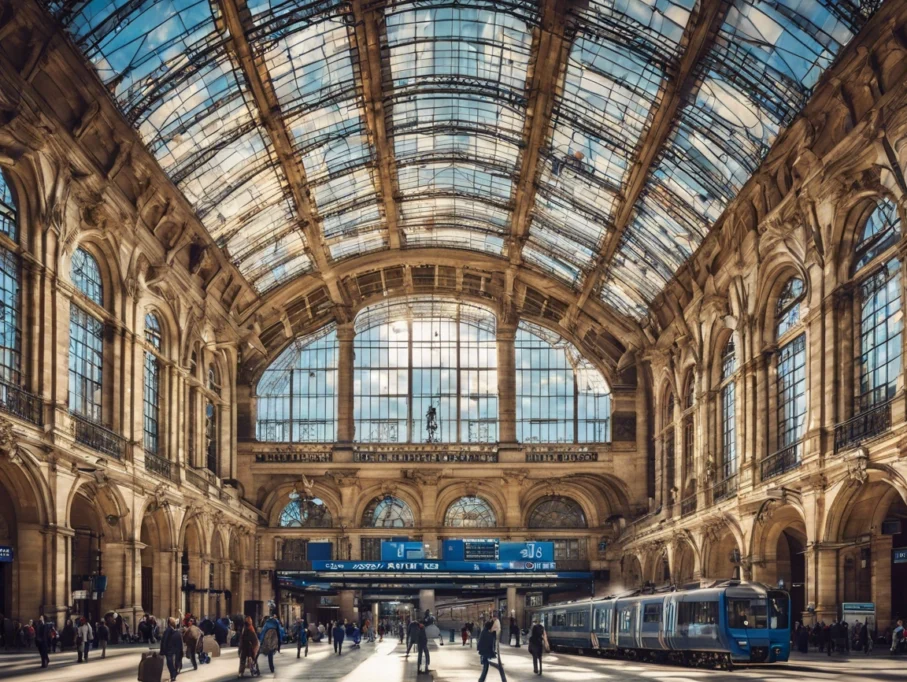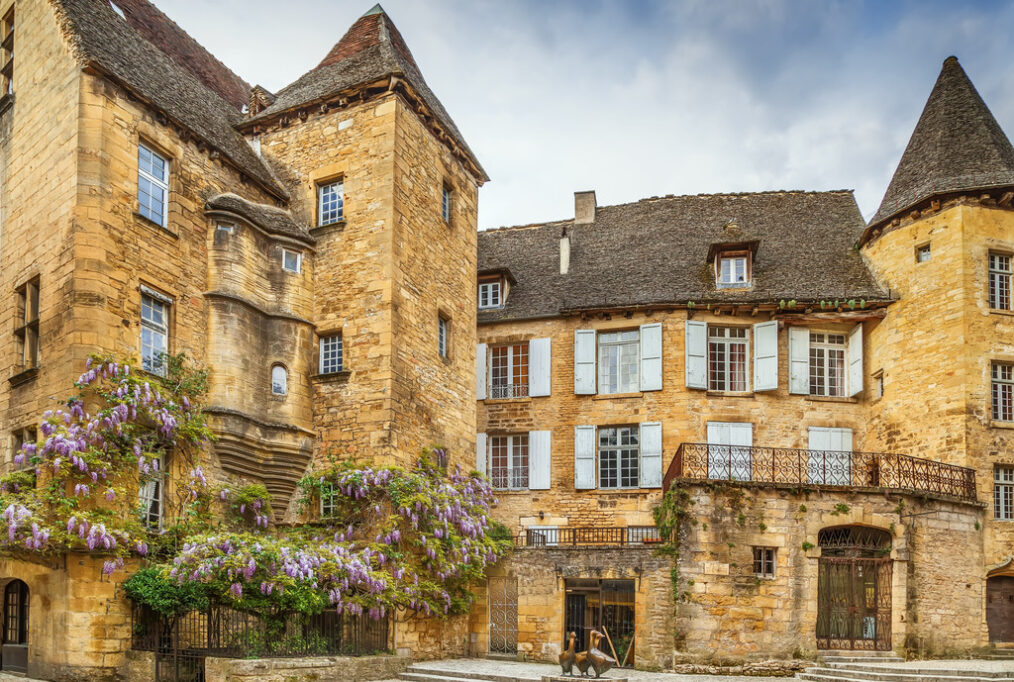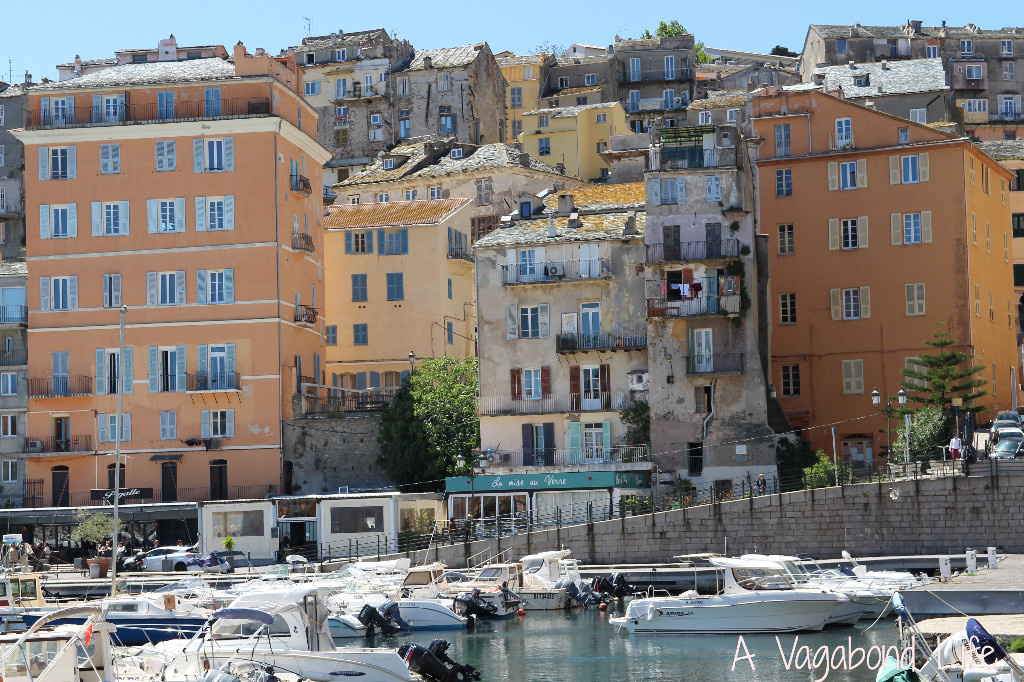Ile de France Travel Guide - A Vagabond Life
Welcome to the captivating heart of France: Île-de-France, a region that encapsulates the essence of French culture, history, and sophistication. At its epicenter lies the iconic city of Paris, renowned worldwide for its romantic ambiance, architectural marvels, and artistic treasures. Yet, beyond the bustling streets of the capital, Île-de-France unfolds like a tapestry of diverse landscapes and cultural gems waiting to be explored.
From the opulent splendor of the Palace of Versailles to the serene beauty of the Fontainebleau Forest, this region offers a multifaceted experience for travelers seeking both urban excitement and rural tranquility. Delve into the vibrant neighborhoods of Paris, each with its own distinct personality and charm, or wander through picturesque towns steeped in history and charm. Sample exquisite French cuisine in quaint bistros, stroll along the banks of the Seine River, or immerse yourself in the world-class art collections housed in renowned museums.
Île-de-France beckons with endless possibilities, promising an unforgettable journey through the very heart of French allure and elegance
Ile de France Map
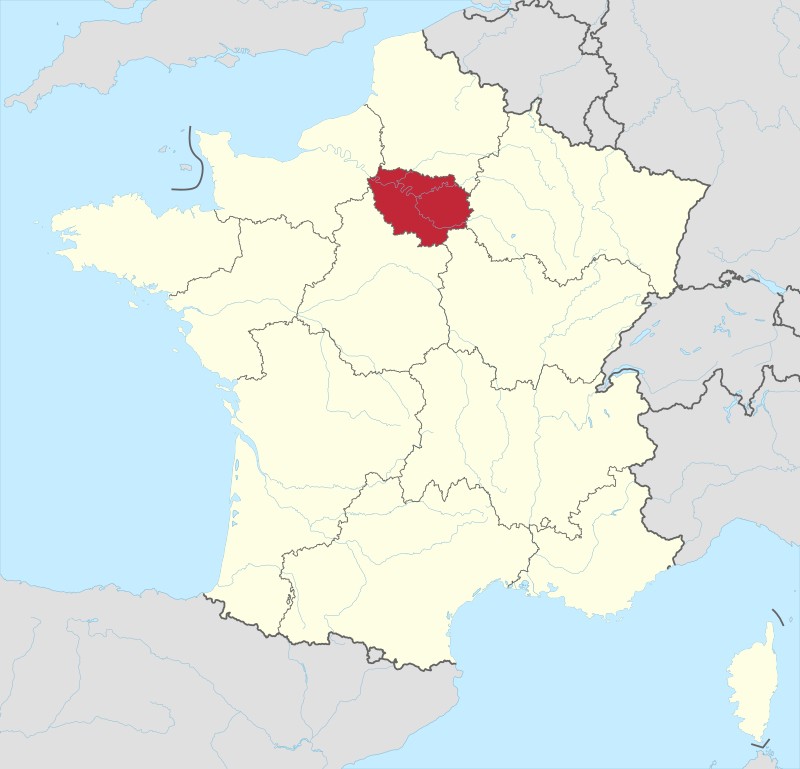
Top 5 Things To See & Do In Ile de France
EIFFEL TOWER
NOTRE DAME CATHERDRAL
ARC DE TRIOMPHE
LOUVRE
PALACE OF VERSAILLE
Ile de France Snapshot
Ile-de-France: The Heart of France
Ile-de-France, often referred to as the “heart of France,” is a region that encapsulates the essence of French culture, history, and beauty. As the home of the capital city, Paris, and a hub of political, economic, and cultural life, Ile-de-France is a region that offers a rich tapestry of experiences for visitors and residents alike. From its stunning landscapes to its deep historical roots and vibrant cultural scene, Ile-de-France is a region that has something for everyone.
Geography and Beautiful Scenery
The Ile-de-France region is located in the north-central part of the country, encompassing Paris and its surrounding areas. Despite being the most densely populated region in France, Ile-de-France is rich in natural beauty, offering a surprising variety of landscapes. The region is traversed by several rivers, including the Seine, Marne, and Oise, which add to its picturesque charm. The rolling hills, lush forests, and tranquil countryside provide a perfect contrast to the urban sprawl of Paris. Some of the most beautiful natural sites in the region include the Forest of Fontainebleau, a vast woodland that has inspired artists for centuries, and the Parc Naturel Régional du Vexin Français, a protected area known for its scenic beauty and biodiversity. The region’s parks and gardens, such as the Jardin du Luxembourg and the Tuileries Garden in Paris, are also highlights, offering peaceful retreats in the midst of the bustling city.
History
Ile-de-France has a rich and complex history that dates back thousands of years. The region has been inhabited since prehistoric times, with evidence of ancient settlements found throughout the area. During the Roman period, Paris, then known as Lutetia, became an important city, and the region flourished as a center of trade and culture. The medieval period saw the rise of the Capetian dynasty, which established Paris as the capital of France and Ile-de-France as the political and cultural center of the country. The region played a crucial role in many of France’s most significant historical events, from the Hundred Years’ War to the French Revolution. The legacy of this rich history can be seen in the region’s many historical landmarks, including the Gothic cathedrals of Notre-Dame and Saint-Denis, the Palace of Versailles, and the Château de Fontainebleau. Each of these sites offers a glimpse into the region’s past and its importance in shaping the history of France.
Cultural Heritage
Ile-de-France is a region steeped in cultural heritage, with a vibrant arts scene that has been a source of inspiration for artists, writers, and musicians for centuries. Paris, the region’s capital, is home to some of the world’s most renowned museums and galleries, including the Louvre, the Musée d’Orsay, and the Centre Pompidou. These institutions house vast collections of art, from ancient masterpieces to contemporary works. The region is also famous for its architecture, from the medieval cathedrals and Renaissance châteaux to the modernist structures of Le Corbusier and Jean Nouvel. Music and theater are also central to the region’s cultural life, with venues like the Opéra Garnier, the Philharmonie de Paris, and the Comédie-Française offering world-class performances. The literary heritage of Ile-de-France is equally rich, with the city of Paris serving as a backdrop for countless novels, poems, and essays. The region’s cultural festivals, such as the Festival d’Automne and the Fête de la Musique, further showcase its dynamic cultural scene.
Cuisine
The cuisine of Ile-de-France is as diverse and refined as the region itself. As the culinary capital of France, Paris is home to some of the world’s finest restaurants, from Michelin-starred establishments to charming bistros and brasseries. The region’s cuisine is characterized by its use of fresh, local ingredients and its emphasis on tradition and innovation. Classic dishes such as coq au vin, boeuf bourguignon, and escargots are staples of the regional cuisine, while pastries like croissants, éclairs, and macarons are world-renowned. The region is also famous for its cheeses, including Brie de Meaux and Coulommiers, which are produced in the surrounding countryside. In addition to its traditional dishes, Ile-de-France is a hub for culinary innovation, with chefs from around the world bringing new flavors and techniques to the region’s dining scene. The region’s markets, such as the Marché des Enfants Rouges and the Marché d’Aligre, offer a wealth of fresh produce, meats, cheeses, and other local delicacies, providing a true taste of the region.
Conclusion
Ile-de-France is a region that embodies the spirit of France, offering a unique blend of natural beauty, historical significance, cultural richness, and culinary excellence. Whether you’re exploring the vibrant streets of Paris, wandering through the historic châteaux, or enjoying a leisurely meal in a countryside village, Ile-de-France offers an experience that is quintessentially French.
Top Things To See & Do In Ile de France
Eiffel Tower
The Eiffel Tower is arguably the most iconic symbol of Paris and France. Designed by Gustave Eiffel, it was constructed for the 1889 World’s Fair, celebrating the 100th anniversary of the French Revolution. Standing at 330 meters (1,083 feet), it was the world’s tallest structure until the completion of the Chrysler Building in New York in 1930. The Eiffel Tower offers breathtaking views of Paris from its three levels, which are accessible by stairs or elevators. The first and second levels house restaurants and shops, while the third, at 276 meters (905 feet), provides a stunning panoramic view of the city. Visitors opting to climb the stairs should be prepared for the challenge, as there are 300 steps between each level. The tower is especially magical at night when it is illuminated and sparkles every hour on the hour, making it a must-see landmark for anyone visiting Paris.
Notre Dame Cathedral
Notre Dame Cathedral, a masterpiece of Gothic architecture, is located on the Île de la Cité in the heart of Paris. Construction began in 1163 under the reign of King Louis VII and was completed in 1345. The cathedral is renowned for its intricate facade, stunning rose windows, and towering spires. Its famous flying buttresses, which support the nave, and the gargoyles that adorn the exterior add to its grandeur. Visitors can explore the interior, which houses numerous religious relics and artifacts, or climb the 387 steps to the top of the towers. From there, you can enjoy a panoramic view of Paris and get an up-close look at the iconic gargoyles and the massive Emmanuel bell. Despite the devastating fire in 2019 that damaged much of the cathedral, Notre Dame remains a symbol of resilience and a testament to the rich history of Paris.
Avenue des Champs-Élysées & Arc de Triomphe
The Avenue des Champs-Élysées is one of the most famous streets in the world, stretching 1.9 kilometers from the Place de la Concorde to the Arc de Triomphe. Originally laid out as market gardens in 1616 by Marie de Medici, it was transformed into a grand avenue by landscape architect André Le Nôtre in 1667. By the late 18th century, the Champs-Élysées had become a fashionable promenade, lined with theaters, cafes, and luxury shops. Today, it is the site of many major events, including the Bastille Day military parade and the finish of the Tour de France. The Arc de Triomphe, commissioned by Napoleon in 1806 and completed in 1836, stands at the western end of the avenue. It honors those who fought and died for France in the Revolutionary and Napoleonic Wars, with the names of French victories and generals inscribed on its surfaces. Beneath the arch lies the Tomb of the Unknown Soldier from World War I. Visitors can climb 284 steps to the top for a spectacular view of Paris, or take a lift halfway and climb the remaining steps.
The Louvre Palace
The Louvre Palace, located on the Right Bank of the Seine, is one of the world’s largest and most visited museums. Originally built as a fortress in the late 12th century by King Philippe Auguste, it was transformed into a royal palace in the 16th century. The Louvre served as the residence of French kings until Louis XIV moved the court to Versailles in 1682. After the French Revolution, it was converted into a public museum, opening its doors in 1793. The Louvre’s collection spans over 9,000 years of history, featuring works from ancient civilizations to the mid-19th century. Some of its most famous pieces include the Venus de Milo, the Winged Victory of Samothrace, and Leonardo da Vinci’s Mona Lisa. The museum is divided into eight departments, each offering a rich array of art and artifacts. Visitors can easily spend an entire day exploring its galleries, which cover more than 72,000 square meters.
The Palace of Versailles
The Palace of Versailles, located about 20 kilometers southwest of Paris, is one of the most opulent and historically significant palaces in the world. Originally built as a hunting lodge by Louis XIII, it was transformed and expanded by his son, Louis XIV, into a grand palace and the seat of political power in France from 1682 until the French Revolution. The palace is renowned for its magnificent architecture, lavishly decorated rooms, and extensive gardens. The Hall of Mirrors, where the Treaty of Versailles was signed in 1919, is one of the most famous rooms in the palace. The gardens, designed by André Le Nôtre, are a masterpiece of landscape architecture, featuring fountains, sculptures, and meticulously manicured lawns. The Grand Trianon and Petit Trianon, smaller palaces within the grounds, offer a more intimate glimpse into royal life. Versailles is now a UNESCO World Heritage site and one of the most visited tourist attractions in France.
Monet’s Garden
Monet’s Garden, located in Giverny, about 75 kilometers from Paris, is a must-visit destination for art lovers and nature enthusiasts alike. The garden was the home and inspiration of the famous Impressionist painter Claude Monet, who lived there from 1883 until his death in 1926. Monet designed the garden himself, carefully arranging the flowers, trees, and water features to create a living canvas that he would later immortalize in his paintings. The garden is divided into two parts: the Clos Normand, a flower garden in front of the house, and the Japanese-inspired water garden, which features the iconic water-lily pond and the Japanese bridge that appear in many of Monet’s works. Visitors can stroll through the garden and see the scenes that inspired some of Monet’s most famous paintings, including the “Water Lilies” series. Monet’s house, now a museum, has been preserved as it was during his lifetime, offering a glimpse into the artist’s private life and creative process.
Châteaufort
Châteaufort is a picturesque village located southwest of Paris, known for its rich history and medieval architecture. The village is home to three 12th-century fortified castles, which stand as a testament to its strategic importance during the Middle Ages. These castles, though now in ruins, offer a fascinating glimpse into the region’s feudal past. The surrounding landscape, with its rolling hills and lush forests, adds to the village’s charm, making it a popular destination for history buffs and nature lovers alike. Châteaufort’s proximity to Paris makes it an ideal day trip for those looking to escape the hustle and bustle of the city and explore the French countryside. The village also hosts several cultural events throughout the year, including medieval fairs and historical reenactments, which bring its storied past to life. Visitors can enjoy a leisurely walk through the village’s narrow streets, visit the ancient churches, and take in the stunning views of the surrounding countryside.
France Travel Guides
Regions Of France Travel Guides
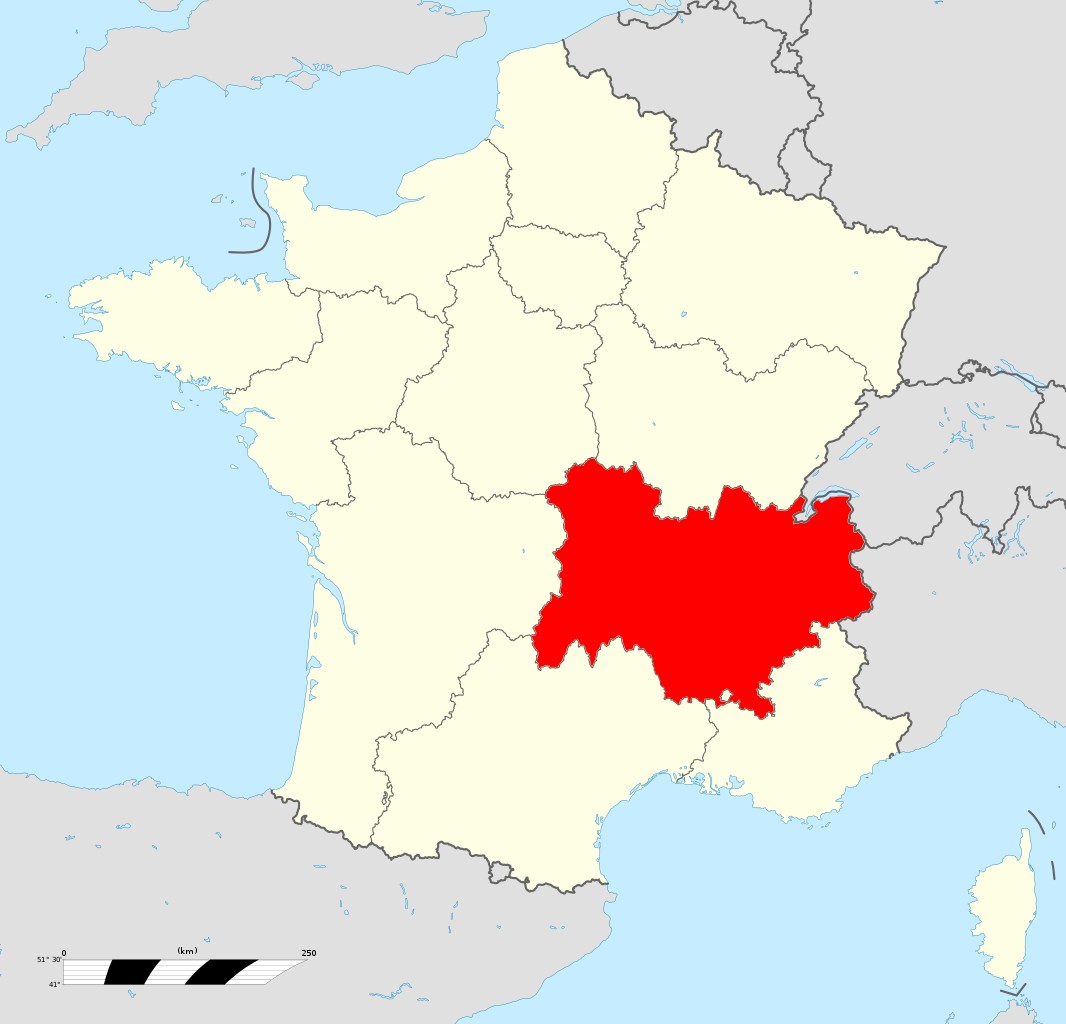
Auvergne-Rhone-Alps
Auvergne-Rhone-Alps Travel Guide.
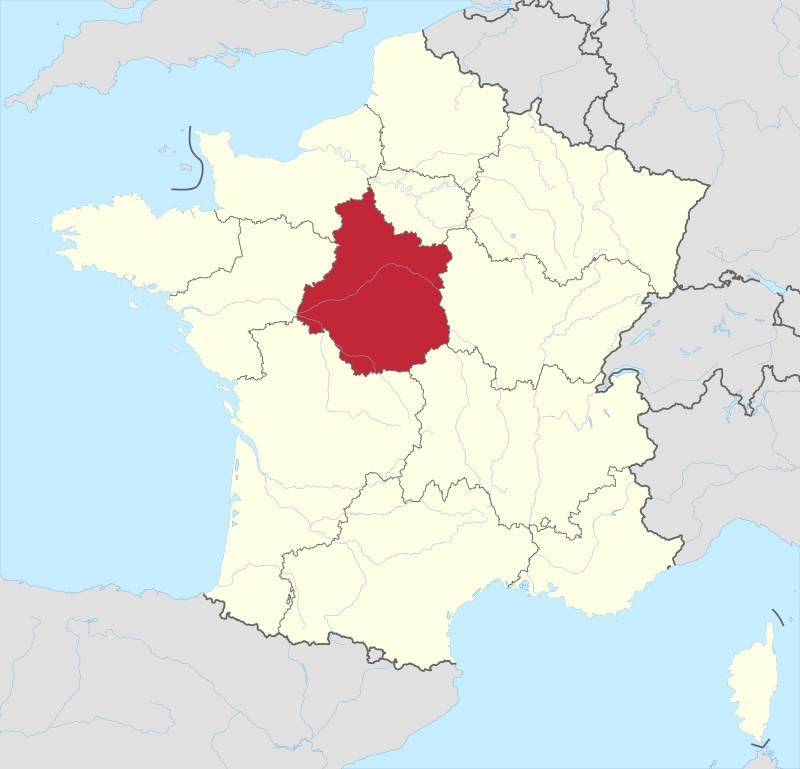
Centre Val De Loire
Centre-Val-de-Loire Travel Guide.
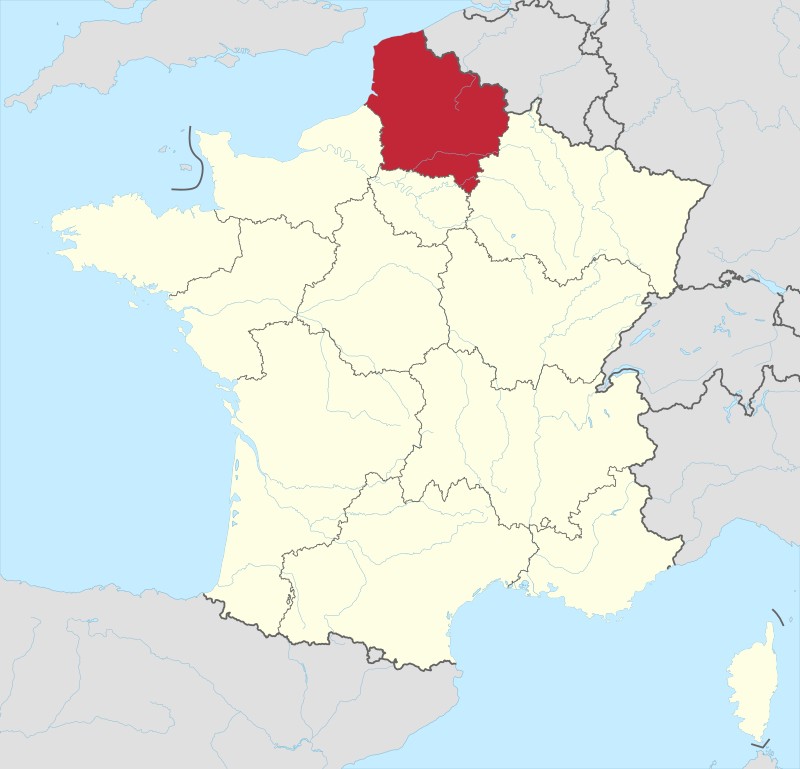
Haute – de – France
Haute-de-France Travel Guide.
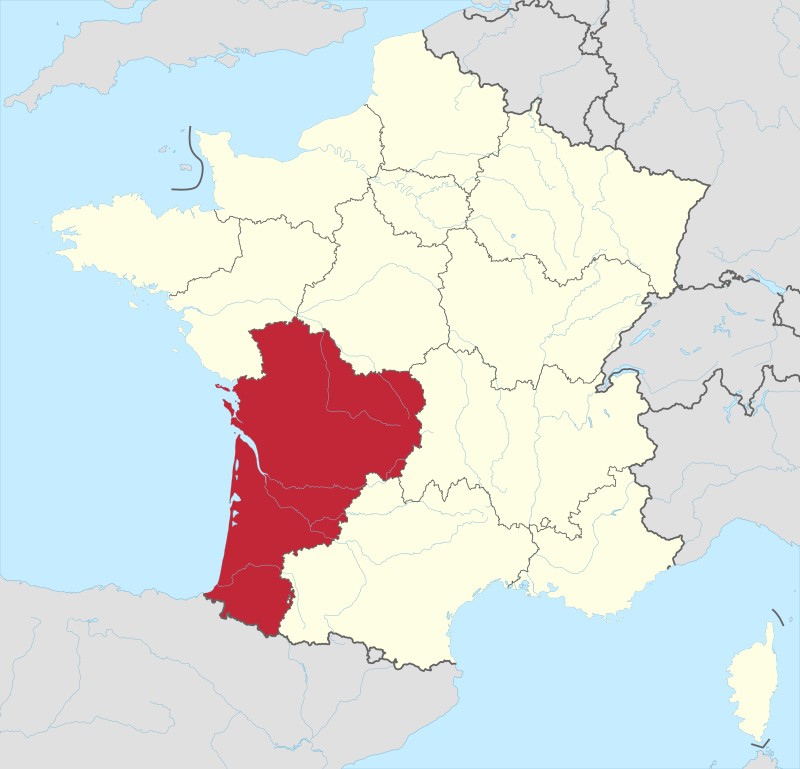
Nouvelle – Aquitaine
Nouvelle – Aquitaine Travel Guide.

Provence-Alps_Cote D'Azur
Provence Travel Guide.
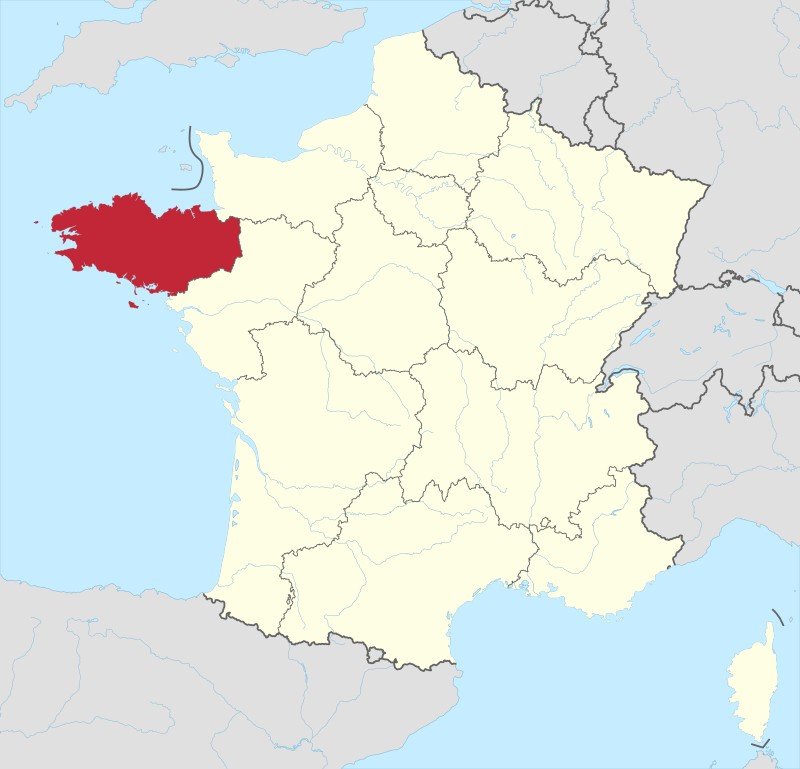
Brittany
Brittany (Bretagne) Travel Guide.
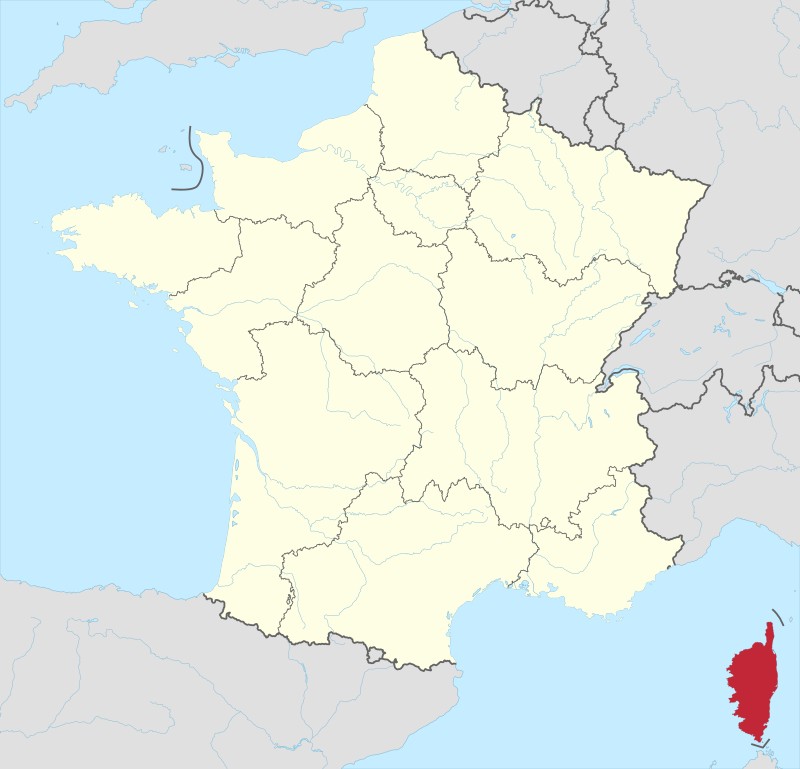
Corsica
Corsica Travel Guide.

Ile – de – France
Ile – de – France Travel Guide.

Occitane
Occitane Travel Guide.

Bourgogne-Franche-Comté
Bourgogne-Franche-Comté Travel Guide.
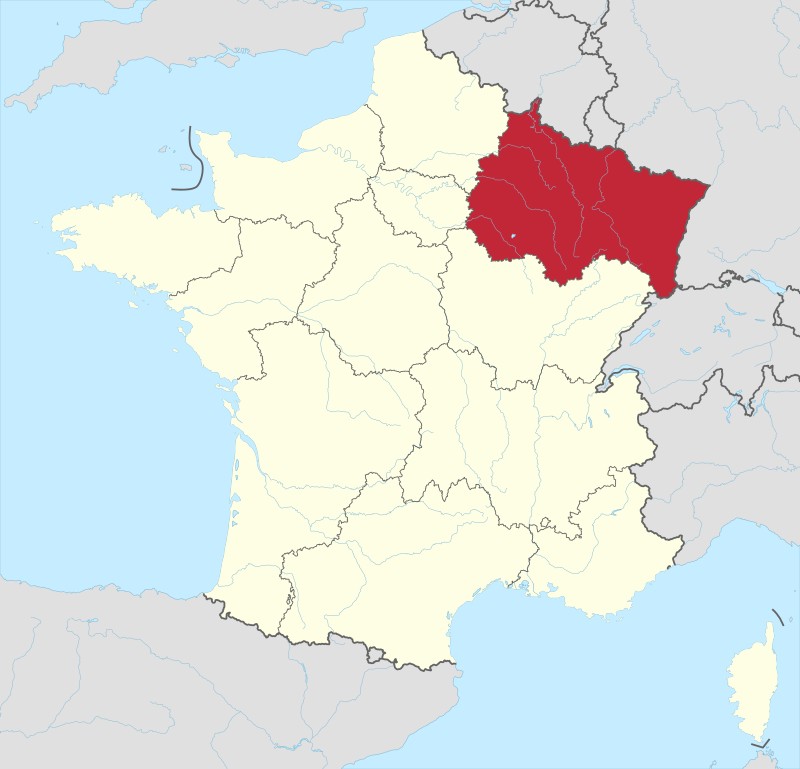
Grand Est
Grand-Est Travel Guide.
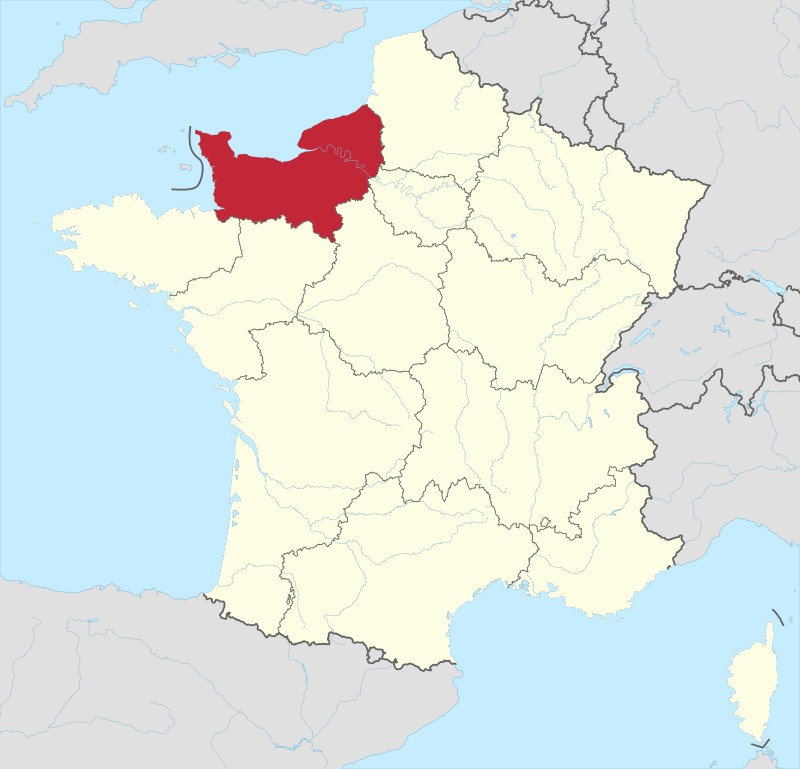
Normandy
Normandy Travel Guide.

Pays-de-la-Loire
Pays-de-la-Loire Travel Guide.

